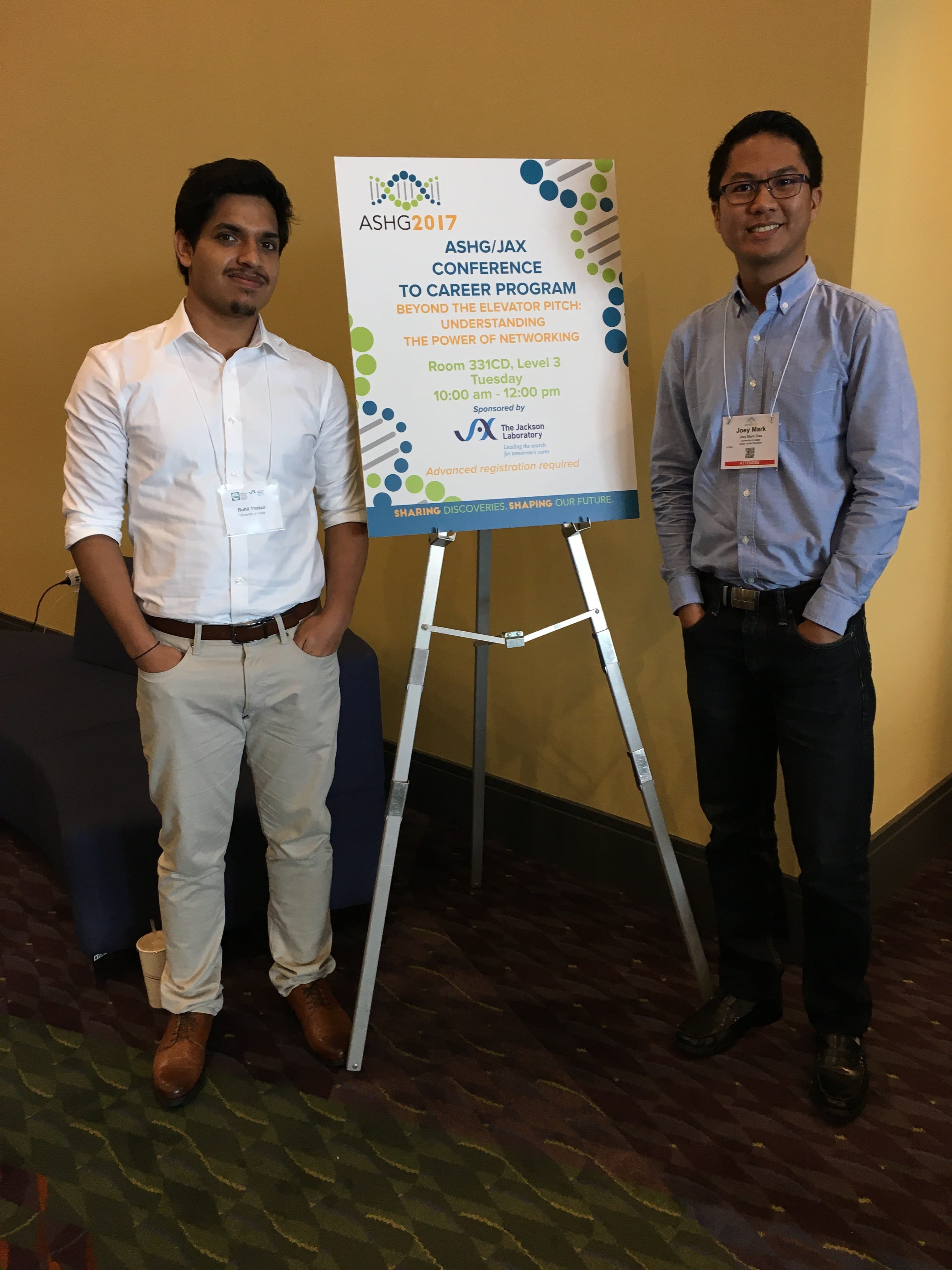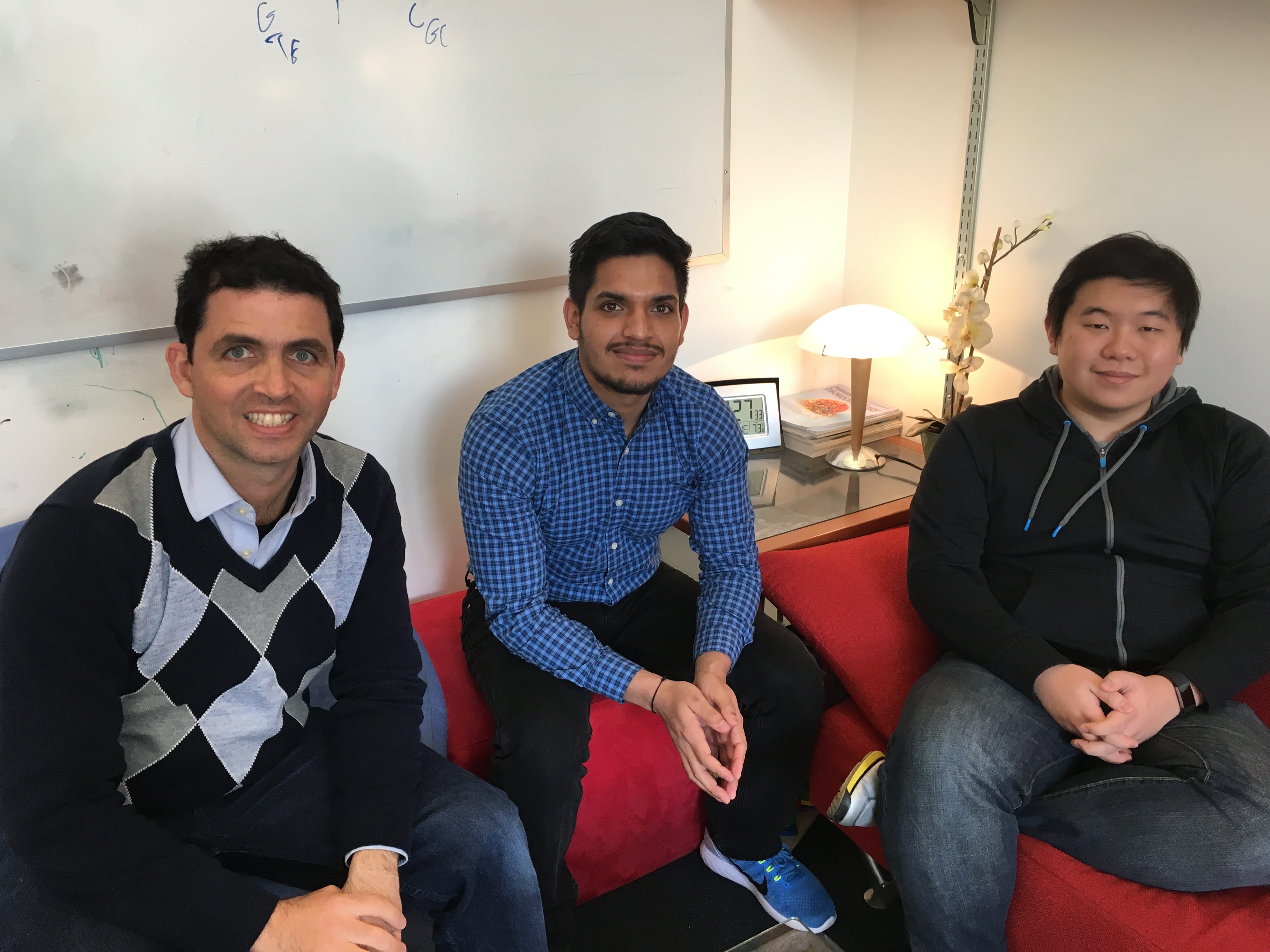Posted By: Rohit Thakur, Marie Sklodowska-Curie research fellow, University of Leeds, United Kingdom
During ASHG 2017, I participated in the Conference to Career program, organized by ASHG in collaboration with The Jackson Laboratory. The program taught various skills such as networking, elevator pitches, informational interviewing, and how to follow up effectively, some of which I highlighted on the MELGEN blog last month. Today, I wanted to focus on the aftermath of networking: The art of following up! Before I start recommending strategies, I wanted to share my experience of how effective follow-up can lead to wonderful opportunities.

During the ASHG meeting, I was intrigued by a talk by Manolis Kellis, PhD, after which I prepared my elevator speech and talked to him about his group’s ongoing research. I was very interested in their machine learning approaches. Dr. Kellis was very kind and put me in touch with his graduate student. After returning from the conference, I followed up with Dr. Kellis, and that led to potential talks of collaboration between our groups. Dr. Kellis also offered to host me for a month-long internship in his group at MIT, which I accepted.
From my limited experience, I can say that effective follow-up is a necessary step towards building a strong network. Here are some recommended strategies.
Write an Email – 24 Hours’ Countdown
Follow up with people after networking by sending a personalized email within the next 24 hours, while the meeting is fresh in their minds. This email should include a thank you note and all the relevant information – articles, programming scripts, and anything else you had agreed to share after the networking session – and express interest in scheduling another meeting.
Connect with Them on Social Media
Social media has made it easy to connect with people from around the world, through platforms like Twitter, LinkedIn, and ResearchGate. You can keep in touch by congratulating them for their recent achievements and recognitions, and wish them on other occasions such as birthdays, and the New Year.
Invite Them to Give a Seminar
If you are fascinated by someone’s work, you can always invite them for a department seminar. As a trainee, you can recommend speaker names to the head of your department suggesting why they should be invited and how it will benefit your department’s research. Not only will this strengthen your relationship with the speaker, but will also help in fostering collaborations between other trainees/researchers and the speaker.
Always Give First and Expect Nothing in Return
Networking is a team sport. You can follow up with people by offering them your help and suggestions in a constructive manner. If following up leads to a successful collaboration, then you should always give equal opportunity in decision making, leadership, responsibilities, and benefits.

Acknowledgements: My project has received funding from the European Union’s Horizon 2020 research and innovation programme under the Marie Skłodowska-Curie grant agreement No 641458. I am highly thankful to my supervisors Jenny Barrett, PhD, Julia Newton-Bishop, MD, MBChB, FMedSci, Jeremie Nsengimana, PhD, and Göran Jönsson, PhD, for their exceptional mentorship and encouragement to expand my horizons. I am thankful to the organizers of the Conference to Career Program for developing networking skills of ASHG trainees and to Dr. Kellis for providing me with a wonderful learning opportunity in his group at MIT.
Rohit Thakur, B. Tech, is a PhD Candidate at the University of Leeds. He has been an ASHG member since 2017.
